I never cease to be surprised by the beautiful little-known corners that you can discover in the interior trips for the spanish geography.
And I mean not only rural tourism getaways, during a weekend or a long weekend, but also to excursions that you can do from the place of stay on a vacation on the coast.
The latter is the case of what can happen with the place I now refer to.
Specifically I am referring to the town of Baby cot, which I have had the opportunity to discover durante a trip through the Alto Maestrazgo of Castellón.
It is a small medieval village located on top of a hill, not far from the coast, just 70 kilometers from Benicasim,
I already tell you that in your walk through the historic center of Culla It can be said that you will really feel transported to the Middle Ages.
All the information in detail
Curiosities history of Culla in Castellón
You should know that the maestrazgo, inside the province of Castellón, is an area with human presence for thousands of years, since the Prehistory, which is confirmed by the numerous archaeological remains and even by cave paintings.

But the current configuration of Baby cot, like other towns in this area, dates back to the muslim era, when there was a fortress that was conquered in 1243 by James I.
The enclave of Baby cot was bought by Templar in 1303, but soon passed into the hands of the Order of Saint Mary of Montesa.
Around that time, the Culla Castle It came to have great strategic importance.
It is in the 18th century when the urban area of Baby cot, including the construction in 1712 of the current Church of San Salvador on the structure of an old Gothic church.
Finally, during the Carlist WarsIn the 19th century, the castle was almost completely destroyed.
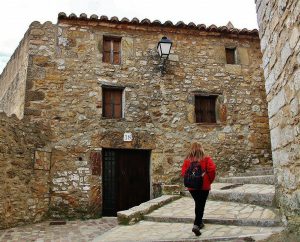
However, from a tourist point of view there is a key date, the year 1994.
It is at that time when a profound process of rehabilitation of the old historic center, exposing the stones of the facades of the houses, removing cables, and pedestrianizing its alleys.
In short, giving luster to the town.
What to see and do when visiting Culla in Castellón
Now this small town of just about 200 inhabitants, which extends along a 1.100 meter high hill, has two clearly differentiated areas that you can distinguish as you approach along the road.
On one hand, the historic helmet at the top of the town, whose houses show off their original stone facades, and on the other hand, the lower area of the town, which you will distinguish by the whitewashed houses.
If you prefer to sign up for a excursion with guide in Spanish, you have this Excursion to Culla and the Maestrazgo mining park from Benicasim, with other departure options from Castellón, Oropesa or Peñíscola
This configuration change will surprise you seeing an old photo of Baby cot hanging in the bar in the main square of the town, where you will see that until the remodeling, all its houses were whitewashed, and there were no exposed stone houses, as today.
Tu walk through the medieval town of Culla you start it in the Setenal square going up a narrow street, and from there you will get lost in a labyrinth of alleys, passages and stairs.
As you enter it, you will not be surprised to see that its monumental complex has in the past been one of the headquarters of the sacred art exhibition Pulchra Magistri of the Maestrazgo.
ORGANIZE your TRIP
- Don't forget your TRAVEL INSURANCE with a 5% discount
- Book the HOTEL for your trip
- RENT a CAR for your trip
- The best TOURS and EXCURSIONS in Spanish
- NO-LINE TICKETS for museums and monuments
- Best FREE TOURS around the world
- Book your TRANSFER from the airport
- eSIM card with INTERNET at the best price
San Salvador Church in Culla
The first notable building you will see is the Church of San Salvador, which houses a beautiful figure of Gothic style from the 14th century which represents said saint, Culla pattern, as well as a 16th century altarpiece.
Next to it are other historical buildings, such as the Abbey House, old prison and old hospital, the latter referring to a place of lodging and not of healing.
Walking through the alleys you will surely pass under one of the three arches that still remain from the old town wall.
And on the way to the remains of the ancient Arab fortress, you will see the Calvary, a curious place where the Via Crucis in Easter.
Singlet viewpoint in Culla
There you will find yourself in the Singlet viewpoint, from where if you look towards the southeast, you discover the Hermitage of San Cristóbal, from the 18th century, one of the three hermitages that are located on different hills near the town.
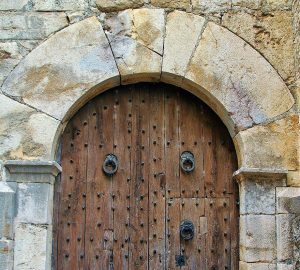
Next to the remaining section of the walled enclosure there is another viewpoint from where you can see in the distance, towards the north, the Hermitage of San Roc, XNUMXth century.
In short, a very pleasant walk during which it is very easy to have the feeling that you are in the time of the Templars, and in which you can also enjoy excellent panoramic views of this Alto Maestrazgo region.
Best Photos of Culla in Maestrazgo de Castellón
As an invitation to make your own visit, here is more photos of Culla, In the province of Castellón.
Map: how to get to Culla in Castellón
Culla is located 56 kilometers inland from Castellón de la Plana, one hour by car.


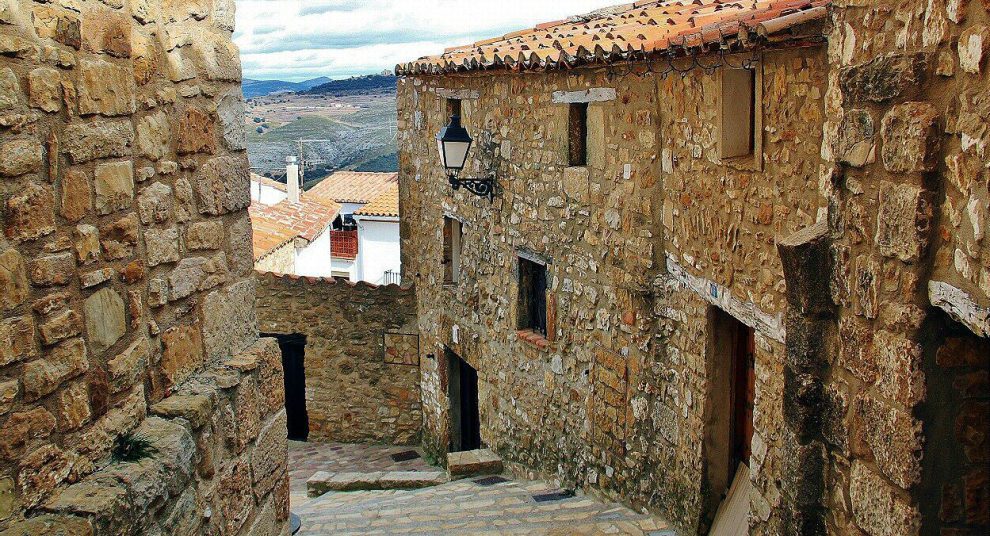
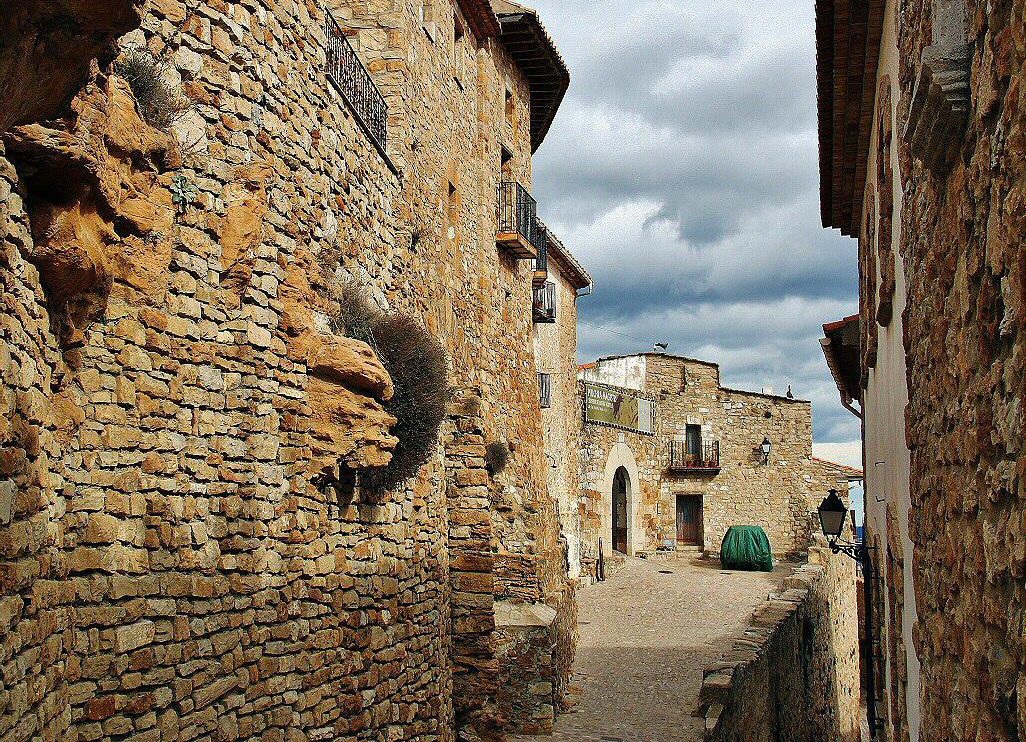


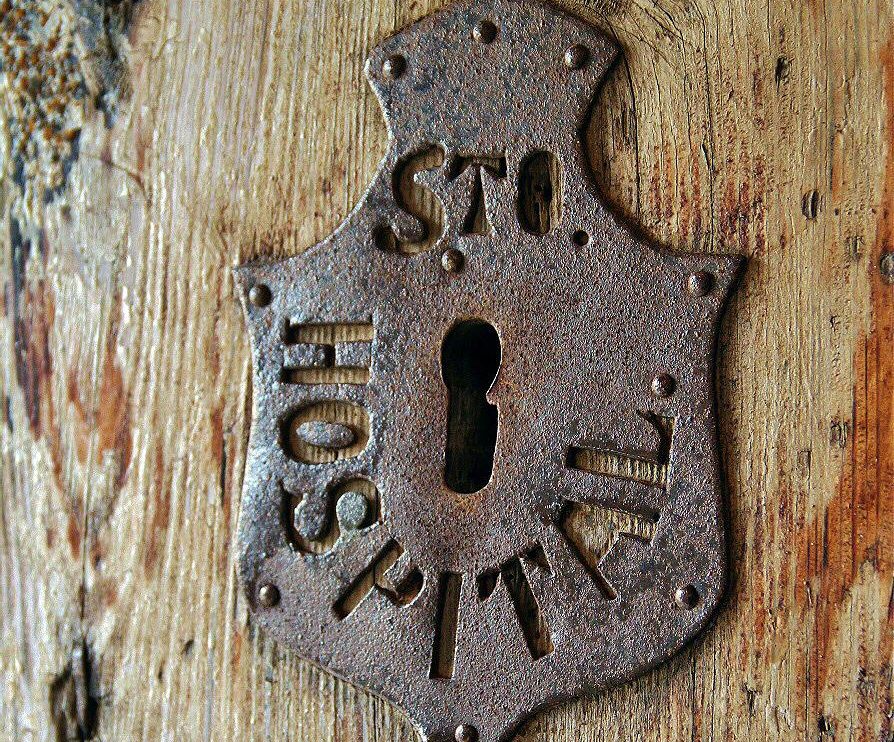

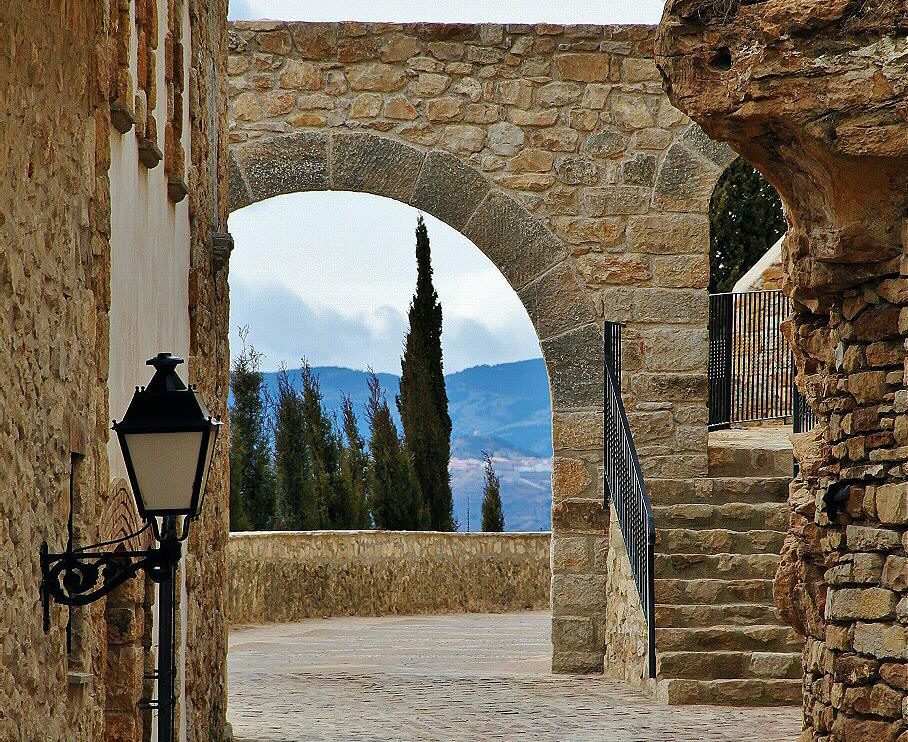

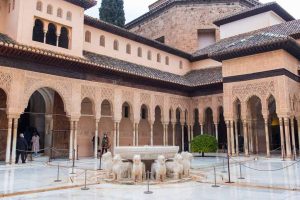
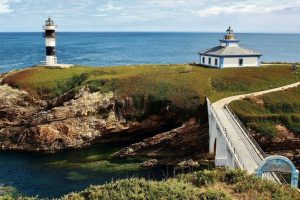











I will go this July. I would like to know if there is another itinerary better than the one indicated by Google map.
Thank you.
Greetings M. José León